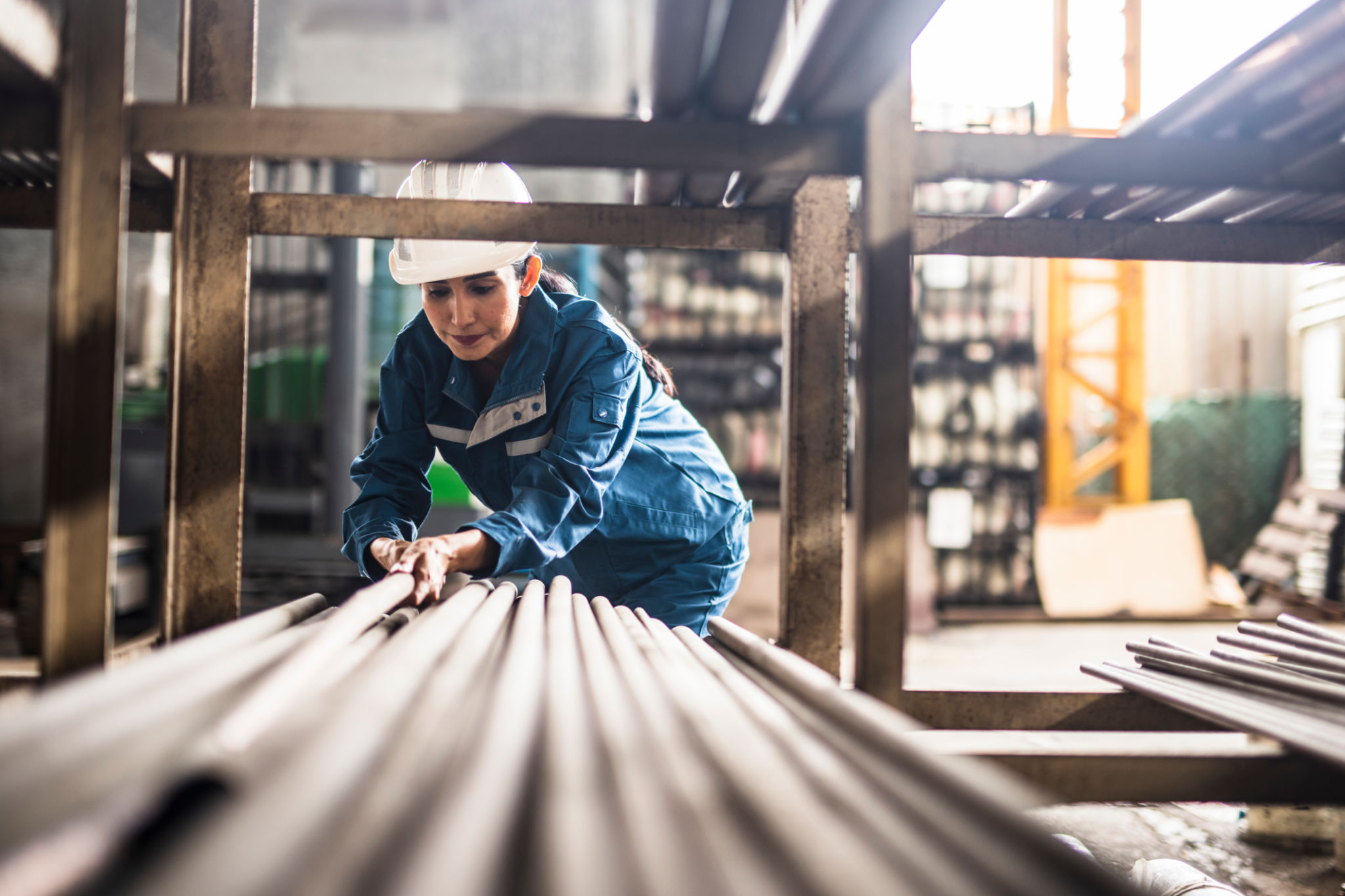Stainless Steel vs. Other Metals: Which is Best for Your Fabrication Project?
Understanding Metal Fabrication Choices
Metal fabrication is a crucial part of many industries, from construction to automotive manufacturing. Choosing the right metal for your project can significantly affect the outcome, cost, and durability. Among the most popular choices are stainless steel, aluminum, and carbon steel. In this article, we'll delve into the advantages and disadvantages of stainless steel versus other metals to help you make an informed decision.

The Advantages of Stainless Steel
Stainless steel is renowned for its corrosion resistance, making it an ideal choice for projects exposed to moisture or harsh environments. Its resistance to rust and staining means that it requires minimal maintenance, which is a significant advantage over other metals. Additionally, stainless steel is known for its strength and durability, ensuring longevity in various applications.
Another appealing feature of stainless steel is its aesthetic appeal. With a sleek, modern look, it is often used in architectural projects where appearance is as important as function. Furthermore, stainless steel is recyclable, making it a more sustainable option for eco-conscious projects.

Comparing Aluminum
Aluminum is another popular choice in metal fabrication, known for its lightweight nature and excellent strength-to-weight ratio. This makes it ideal for projects where weight is a critical factor, such as in aerospace or transportation industries. Aluminum is also highly resistant to corrosion, although not to the same extent as stainless steel.
However, aluminum is more prone to scratches and dents than stainless steel, which can affect the long-term appearance and integrity of the project. Additionally, aluminum can be more expensive than other metals, depending on the specific alloy and market conditions.

Exploring Carbon Steel
Carbon steel is known for its high strength and durability. It is often used in structural applications where these qualities are paramount. Compared to stainless steel, carbon steel is more affordable, which can be a decisive factor for budget-conscious projects.
Despite its strength, carbon steel is more susceptible to corrosion, requiring protective coatings or regular maintenance to prevent rust. This can add to the long-term costs and upkeep of projects using carbon steel.

Making the Right Choice
When deciding between stainless steel and other metals, consider the specific requirements of your project. If corrosion resistance and low maintenance are priorities, stainless steel is likely the best choice. For projects where weight and cost are more critical, aluminum or carbon steel might be more suitable.
It's essential to weigh the pros and cons of each metal, considering factors such as environmental conditions, budget, and aesthetic requirements. Consulting with a metal fabrication expert can provide additional insights tailored to your specific project needs.
Conclusion
In conclusion, the choice between stainless steel and other metals depends on various factors unique to your project. By understanding the strengths and limitations of each material, you can ensure a successful and cost-effective fabrication project. Whether you opt for the elegance of stainless steel, the lightweight nature of aluminum, or the strength of carbon steel, the right choice can make all the difference.
